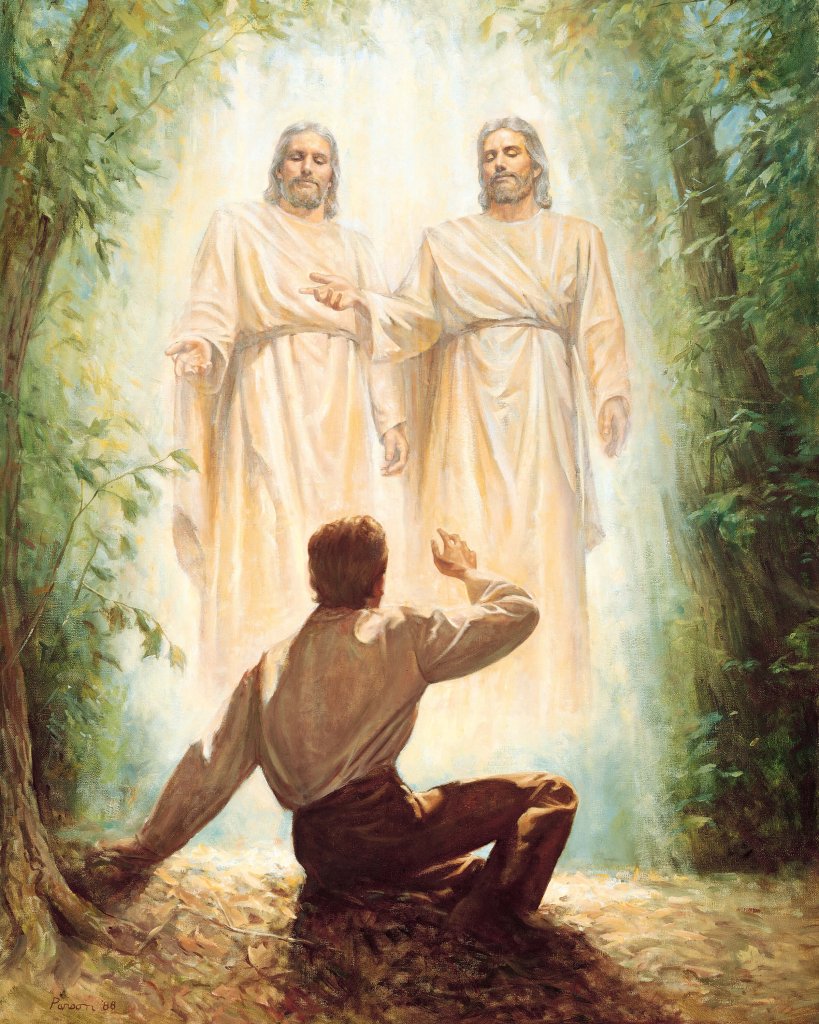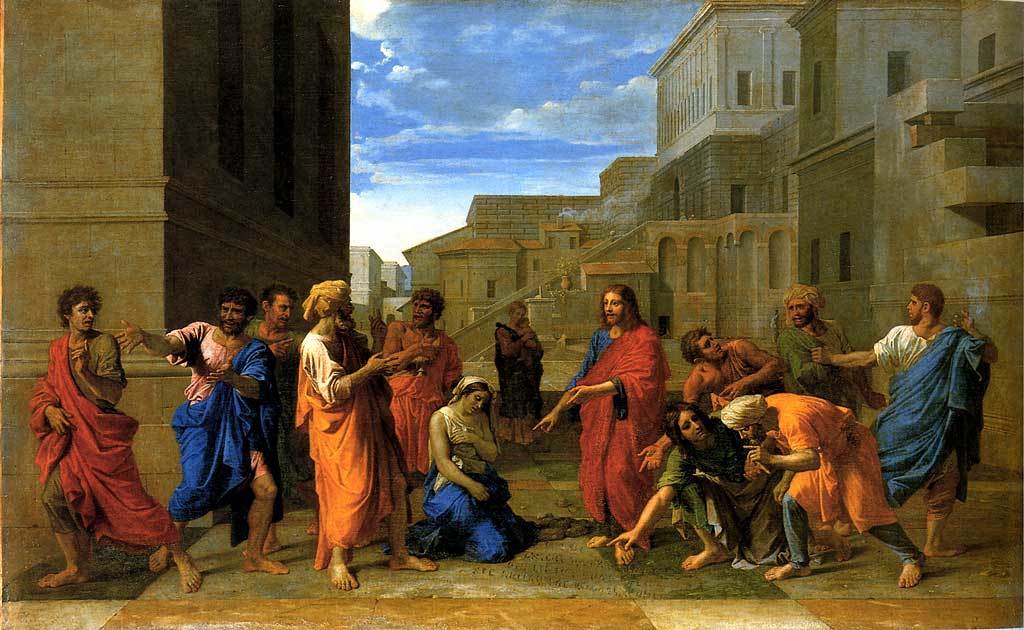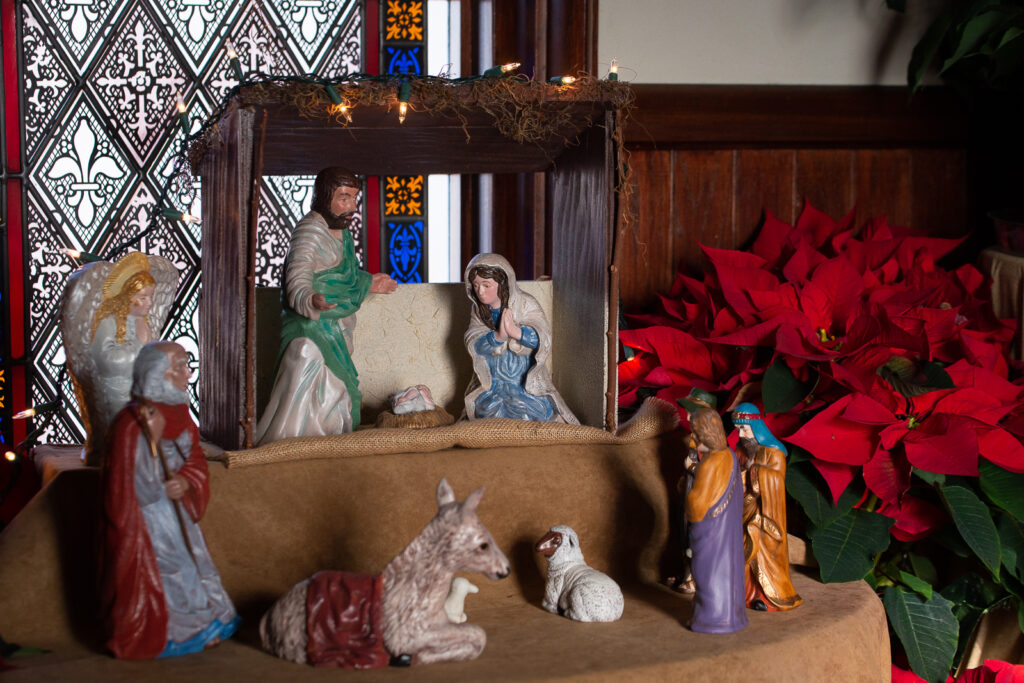It’s not every day that one has an honest-to-goodness “white Jesus” sighting. During a recent visit to Boise, Idaho, I saw one walk into Chick-fil-A wearing Crocs. Some of my students and I were eating there on a Friday evening, enjoying “The Lord’s Chicken” when Jesus made an appearance. He was wearing his traditional uniform of a white robe and a blue sash, but his sandals were updated for 21st-century fashion and comfortability standards. Jesus was flanked by two traveling companions; we assumed them to be James and John or perhaps Peter and Andrew. We didn’t ask. My students and I found this strange and quite amusing. Losing a bet, one of my young students, Nathaniel, was given the task of approaching Jesus to ask for an explanation. Nathaniel returned and reported that this Jesus spoke in parables and he could only be sure that Jesus and his companions only wanted to “Break bread,” leading Nathaniel to lament “Can anything good come out of Idaho?” (Not really, but it works well for continuity with his biblical namesake)
We exited Chick-fil-A sharing the good news with another set of entering college students. I asked, “Have you met Jesus?” I received no reply, only a strange look from an undergrad coed, to whom I heralded, “He’s sitting right over there!”
Interpreting a popular Evangelical poem
The hilarity of our less-than-holy encounter aside, this experience reminded me of all the kitsch imagery that has populated my evangelical fundamentalist upbringing. For Christians who are raised in this religion in the United States, there are very specific images and associated feelings that serve our ecclesiastical imagination. Seeing this “white Jesus,” an entirely historically inaccurate trope of its own, gave me reason to reflect on perhaps the most famous of these poetic metaphors that captured my attention as a child. Simultaneously sacred and sacrilegious, the ubiquitous “Two sets of footprints” continues to make overtures tugging at my heartstrings while also striking my funny bone. I’m not sure where I was the first time I heard it, perhaps at church, or on the AM radio of our family sedan, but to this day it resonates with me.
The image of “two sets of footprints in the sand” is a powerful and evocative one, often used to represent the presence of a higher power or spiritual force in our lives. The origin of this image can be traced back to a poem titled “Footprints in the Sand,” which has been widely circulated and adapted since its creation.
The poem tells the story of a person walking along the beach with God, represented by two sets of footprints in the sand. At times, the person notices that there is only one set of footprints and questions why God would leave them alone during difficult times. God responds, explaining that during these times, he was carrying the person through their struggles.
The poem has resonated with many people over the years, as it speaks to the idea of faith and trust in a higher power, even during trying times. The image of two sets of footprints in the sand is a tangible representation of this idea and has become a symbol of hope and comfort for many.
While the poem “Footprints in the Sand” is often attributed to various authors, its true origin is somewhat disputed. Some believe that it was written by Mary Stevenson in the 1930s, while others attribute it to Margaret Fishback Powers in the 1960s. Despite the uncertainty around its authorship, the poem has endured and become a beloved part of many people’s spiritual and emotional journeys.
Other potential interpretations
Beyond its religious connotations, the image of two sets of footprints in the sand can also be interpreted more broadly as a metaphor for the presence and impact of others in our lives. The footprints could represent the influence of a mentor, a friend, or a loved one, guiding us along our path and offering support when we need it most. Just as God is depicted as carrying the person through difficult times in the poem, the people in our lives can provide us with the strength and resilience we need to persevere.
The image can also remind us of the impermanence of our lives and the world around us. The tides wash away the footprints, leaving no trace of them. In the same way, our time on earth is fleeting, and the impact we make on the world and the people around us may be forgotten over time. This can serve as a reminder to make the most of our time and to leave a positive imprint on the world.
Certainly, the image of “two sets of footprints in the sand” has become a meaningful and enduring symbol of faith, trust, and the impact of others in our lives. Whether interpreted through a religious lens or not, the image offers a powerful reminder of the resilience and strength we can find in the face of adversity and the importance of the people who support us along the way. Is it sentimental? Yes, but certain sentiments resonate, even if to provide us with moments of laughter and levity when needed most.
The gift of levity
Like seeing Jesus wearing Crocs to Chick-fil-A in Boise, I’m reminded that not everything in my religious life needs to be grounded in serious sacredness. There are moments when it is appropriate to point out the ridiculous nature of some of our traditions, and even to lampoon them, especially when those traditional understandings are steeped in perpetuating harm to others. People who wear Crocs generally do so for the comfort and affordability of the brand rather than to impress others. Upon reflection, it is obvious that this Jesus and his foot accouterment made me as the butt of the joke. Because on this particular day that I encountered Jesus, I was wearing an expensive pair of boots. They aren’t all that comfortable, but they are unique and fashionable and I enjoy it when others notice them and compliment me. What a contrast. This Jesus impersonator wearing Crocs, and me, just another mediocre white male and aspiring social media influencer who has achieved at best a modicum of success wearing uncomfortable boots that cost way too much. I laughed at him because I thought the scene ridiculous, but in retrospect, I’m the one who is ridiculous. I’m the quintessential Christian consumer that seeks to virtue signal or in the case of my expensive clothing and shoes, ‘status signal’ that I earn more than others. Why would something so shallow provide me with a sense of worth?
Jesus always challenges our assumptions about ourselves, whether we encounter him in Boise or in the Bible. I’m reminded of the story of a marginalized woman who did not cease to lavish love upon the feet of the biblical Jesus with tears and perfume. When others protested that her lavish gift should instead be invested in pious acts of charity, Jesus reminded them that worship isn’t about virtue or status signaling, but rather it is about authentic expressions of the heart. Turns out I’m less like the biblical Mary and far more similar to Judas.
The pull of kitsch Christianity
How often do we as modern-day Christians seek to embellish our favored status in the United States by pointing to the success of our influence, the numbers in our churches, and the power of our voting bloc? There are entire websites devoted to the expensive footwear of celebrity pastors, and the uniform clothing standards of Christian leaders are so obvious they are referenced in popular movies like Spiderman: No way Home and everyone gets the joke.
The cliché of Christianity in the United States can be very discouraging to me sometimes, along with how collectively Christians abuse their status and spend far more of their energy, money, and influence on political pursuits than on actually being like Christ. More discouraging still, is how often I am a participating member of this cliché.
At times I am overwhelmed and discouraged in my resolve to continue my Christian walk. But it is at these times that Jesus carries me. Of course, they are distinctive footprints -Crocs. Just like I saw Jesus wearing in Boise. Maybe I’d do well to trade my expensive boots for some comfortable Crocs and find someone else to carry for a while, you know? Just like I saw Jesus doing in the Bible.
Image Credit: © 2023 Pamela Reynoso







